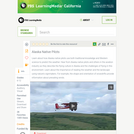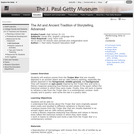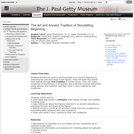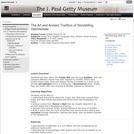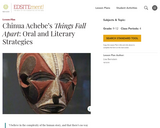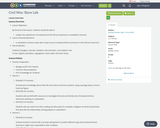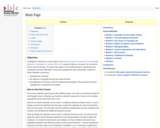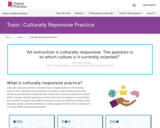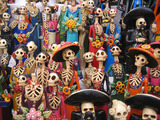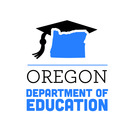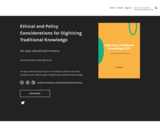Short Description:
This OER examines food sovereignty and food experiences in Haudenosaunee communities, to explore ways of upholding our Haudenosaunee responsibilities to the land and enhancing the local practice of food sovereignty. Research findings revealed that local education about food sovereignty, Indigenous foods, and practices must be achieved, to promote these concepts in the lives of Six Nations of the Grand River community members.
Long Description:
Our research, based in Six Nations of the Grand River, examines food sovereignty and food experiences in Haudenosaunee communities, to explore ways of upholding our Haudenosaunee responsibilities to the land and enhancing the local practice of food sovereignty. The goal is to increase the access to and transmission of knowledge, so that more people to engage in food sovereignty. Haudenosaunee peoples with traditional knowledge, extensive community experience, and interests in food and culture were interviewed. Additionally, community members were surveyed to further understand what the needs of community are and what the community wishes to know about traditional foods and food sovereignty, in order to achieve a wholesome understanding and application of our ancestral knowledge. Interviews were audio recorded, transcribed, and analyzed. Analysis characterized knowledge and knowledge transmission, community, sharing, self-determination, access to traditional foods, co-existence with the natural world, connection to culture and identity, health, and food systems. These are all interwoven pieces that make up food sovereignty. Our findings produced the overall recommendation that local education about food sovereignty, Indigenous foods, and practices must be achieved, to promote these concepts in the lives of Six Nations members.
Keywords: Indigenous foods, food sovereignty, traditional knowledge, traditional foods, sustainable self-determination, food systems.
Word Count: 6223
ISBN: 978-0-9939046-0-8
(Note: This resource's metadata has been created automatically by reformatting and/or combining the information that the author initially provided as part of a bulk import process.)
